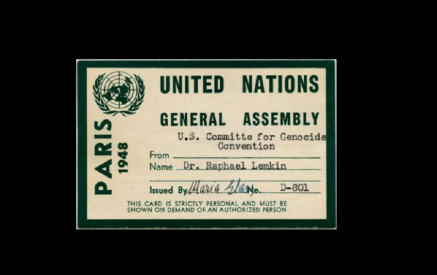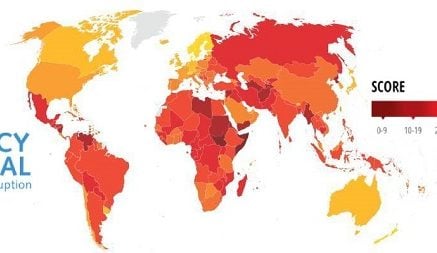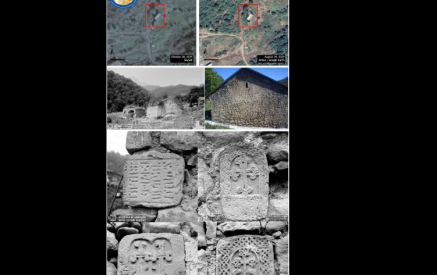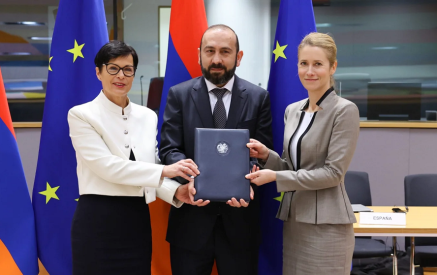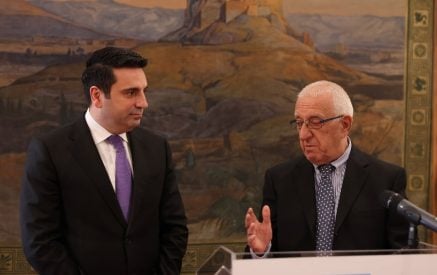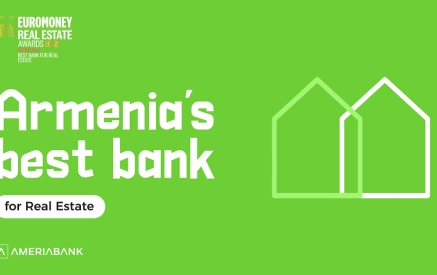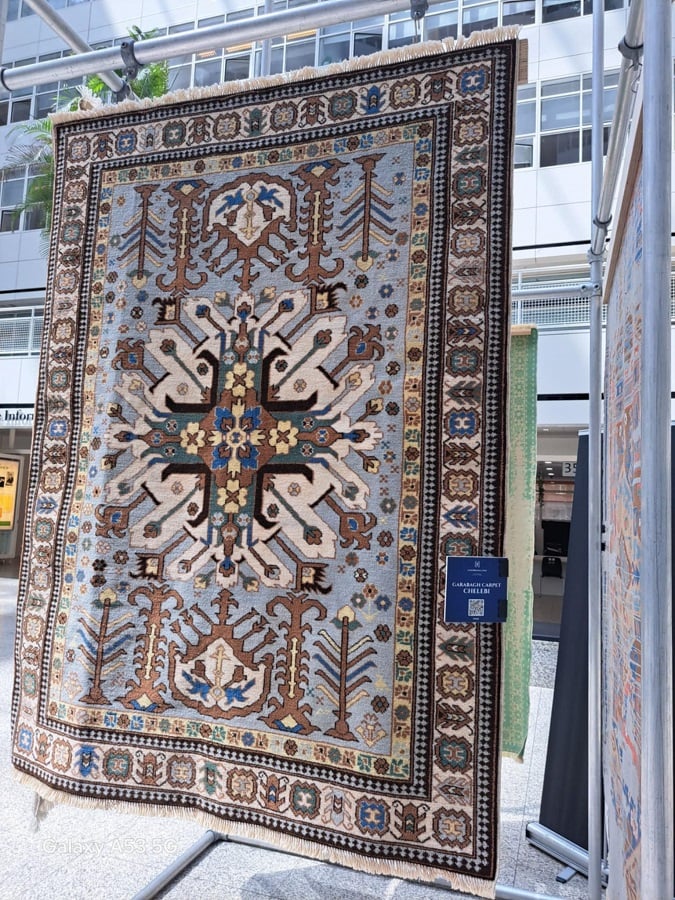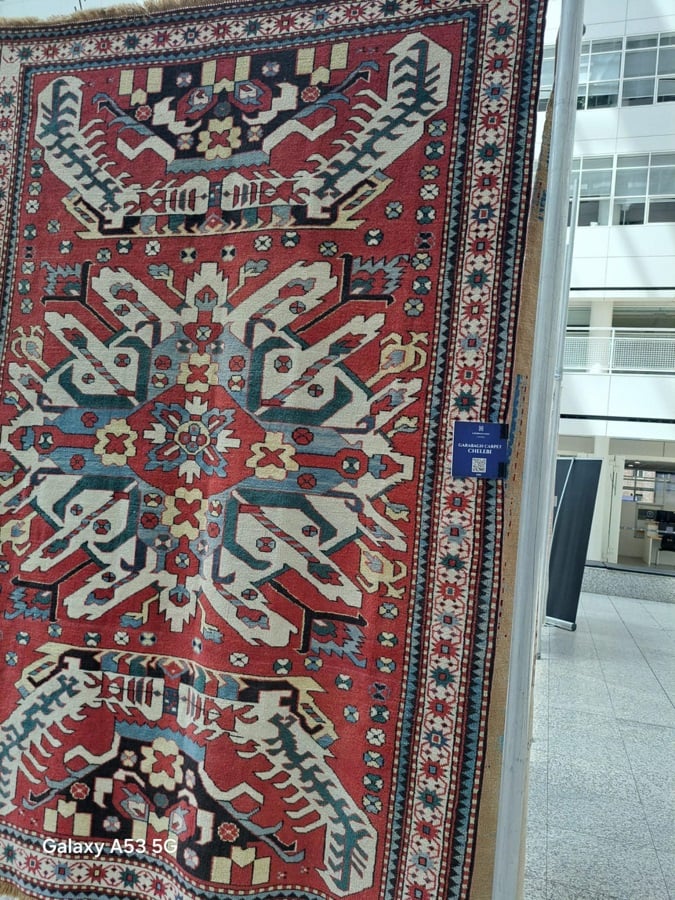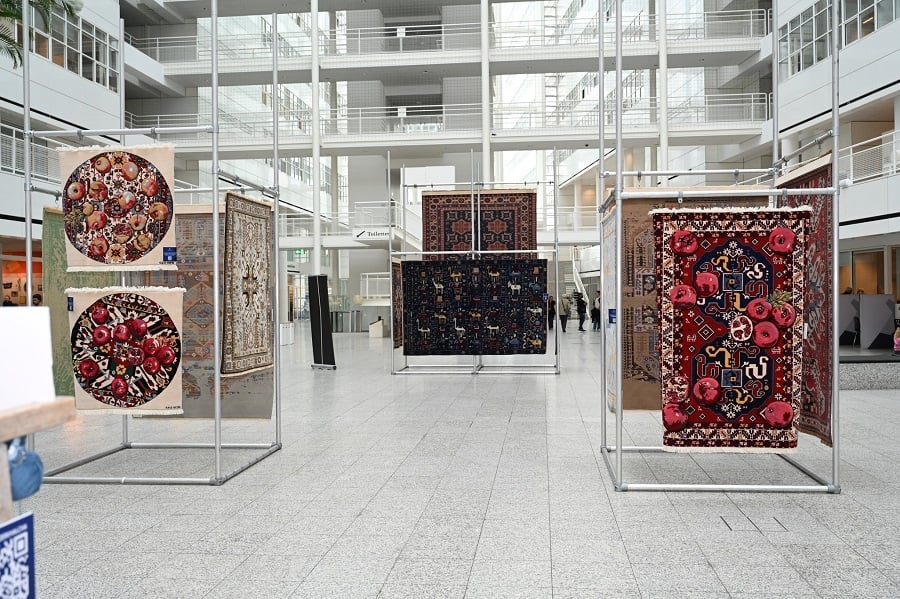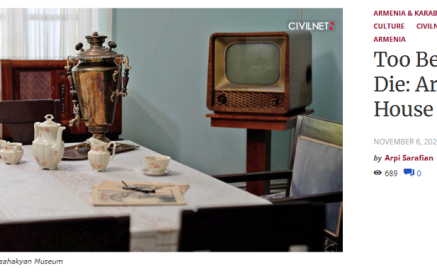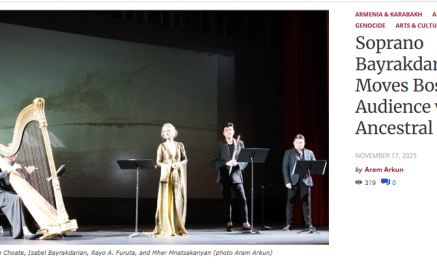Clarification
AZERBAIJAN SHOWED “ITS” CARPETS AT THE HAGUE
This article is a critical and argumentative reflection on the carpet exhibition organized by Azerbaijan in the Netherlands. The author, Vahan Amatuni, professionally reveals that some of the carpets presented at the exhibition, in particular the carpets from Karabakh, are historically of Armenian origin and should not be presented as Azerbaijani heritage.
Read also
The article touches on several key issues:
Historical distortion – The Armenian identity of Karabakh carpet weaving is deliberately ignored, and Armenian cultural elements are presented as Azerbaijani.
Cultural appropriation – Azerbaijan has been attributing cultural elements, especially Armenian, to its national identity for years.
Ignoring regional historical context – Carpets from areas such as Tabriz and Ardabil, which actually belong to the cultural history of Iran, are presented as Azerbaijani.
Information monopoly – Publications about this exhibition in the Netherlands were mainly distributed based on reports from the Azerbaijani embassy, without independent analysis or presentation of other points of view.
The article also clearly emphasizes that carpet weaving has a millennial history in the Caucasus and Iran, and Azerbaijan was formed as a state at the beginning of the 20th century, which calls into question its monopolization of the carpet traditions of the entire region.
In general, the material urges the reader to be vigilant in accepting cultural information, demanding respect for history, scientific accuracy and a multifaceted approach.
CARPETS AS HISTORICAL MEMORY: AZERBAIJAN APPROPRIATES THE CULTURAL HERITAGE OF ITS NEIGHBORS
By The Netherlands Diary
June 26.06, 2025
Azerbaijan exhibited “their” carpets in The Hague
By Vahan AMATUNI
The carpet exhibition organized by Azerbaijan in the Netherlands under the title “The magnificence of Azerbaijani carpets: education through art” was held from May 15 to June 20 at the “Atrium City Hall” of the City Hall of The Hague (Atrium Den Haag), and is presented as a vivid expression of the cultural identity of this country. However, there are serious historical and cultural distortions in a number of layers of the presentation, which deserve professional assessment and public refutation.
Some of the carpets presented at the exhibition, in particular the works displayed under the name “Karabakh carpets”, according to the official statement, belong to the heritage of the Azerbaijani carpet weaving school. However, historical and ethnographic evidence proves that Karabakh has been a vibrant center of Armenian culture and carpet weaving for centuries. Armenians were the natives and permanent residents of this region, creating a multi-genre carpet art, while simultaneously creating different aesthetic schools, such as the carpet weaving traditions of Shushi, Varanda, Jraberd and Kashatagh. These carpets are distinguished by their high-quality color composition, complex pattern system and symbolic historical and philosophical images.
Karabakh carpets were also first registered in the official data of the Russian Empire as “Armenian handicrafts”, and even in the territory of Azerbaijan created during the Soviet period, this craft was preserved as part of Armenian culture in Armenian settlements. Some of the mentioned carpets are today kept in the Matenadaran in Yerevan, in the monasteries of Haghpat and Sanahin, as well as in private collections of European museums, which testify to their Armenian origin.
The cultural policy of Azerbaijan in recent decades, especially in the context of the Artsakh conflict, has been accompanied not only by processes of territorial, but also by cultural appropriation. According to it, some elements of the Armenian cultural heritage are presented as Azerbaijani, ignoring the centuries-old Armenian origin of this heritage. This practice has also been recorded in international scientific circles.
In addition, some carpets presented at the exhibition, for example, the carpets of Tabriz and Ardabil, which historically belong to the cultural heritage of Iran, were also presented as Azerbaijani. This circumstance also caused a reaction in the Iranian media field, where a dangerous attempt at historical and cultural appropriation was pointed out. The Iranian Gunaz.tv platform points out that carpet art in the northern regions of Iran, in particular in Tabriz, has a millennia-old history, and the attempt to attribute this heritage to the newly formed Republic of Azerbaijan is unacceptable from a professional and historiographical point of view.
It should be taken into account that Azerbaijan was formed as an independent state entity in 1920. In this context, skepticism about the claim that Azerbaijani carpet art has a millennial history is quite justified. The carpet weaving centers of the ancient world – Artashat, Dvin, Van and Artsakh, unlike the modern territories of Azerbaijan, had a culturally defined identity, recorded in written sources and material monuments.
It is noteworthy that there are almost no independent publications about this exhibition in the Dutch press. Several media platforms, including Diplomat Magazine, mainly republished the Azerbaijani embassy and official reports without analytical assessment. This also indicates that the substantive presentation of the event does not have a wide public observation and verification. At the same time, there is no opinion of the Armenian community or other professional circles, which allows official Baku to spread one-sided ideas, relying on a subjective retelling of history. The claim that carpets are Azerbaijani, have deep historical roots, is unfounded. The tradition of carpet weaving was widespread throughout the Mountainous Caucasus, and was also conditioned by Persian influence (for example, the Tabriz, Arbadil carpet schools in Iran), which were in older stages than the time of the proclamation of Azerbaijan as a state. Thus, many carpets that have been exhibited as “Azerbaijani” are part of the latter, common Caucasian and Persian traditions rooted from the early Middle Ages to the 11th-13th centuries.
Taking into account the above, it is necessary to present to the international community a reasoned opposition based on historical data, artological and culturological analyses. The appropriation of cultural heritage, especially in such a sensitive area as art, is not only unacceptable, but also dangerous for regional peace and historical justice.
Karabakh carpet weaving should be presented in its true Armenian identity, and respect for cultural diversity should be a priority on all international platforms. Is this event aimed at honest dialogue and the dissemination of a rich cultural heritage, or is the Azerbaijani government simply trying to present a “polished” national image?






